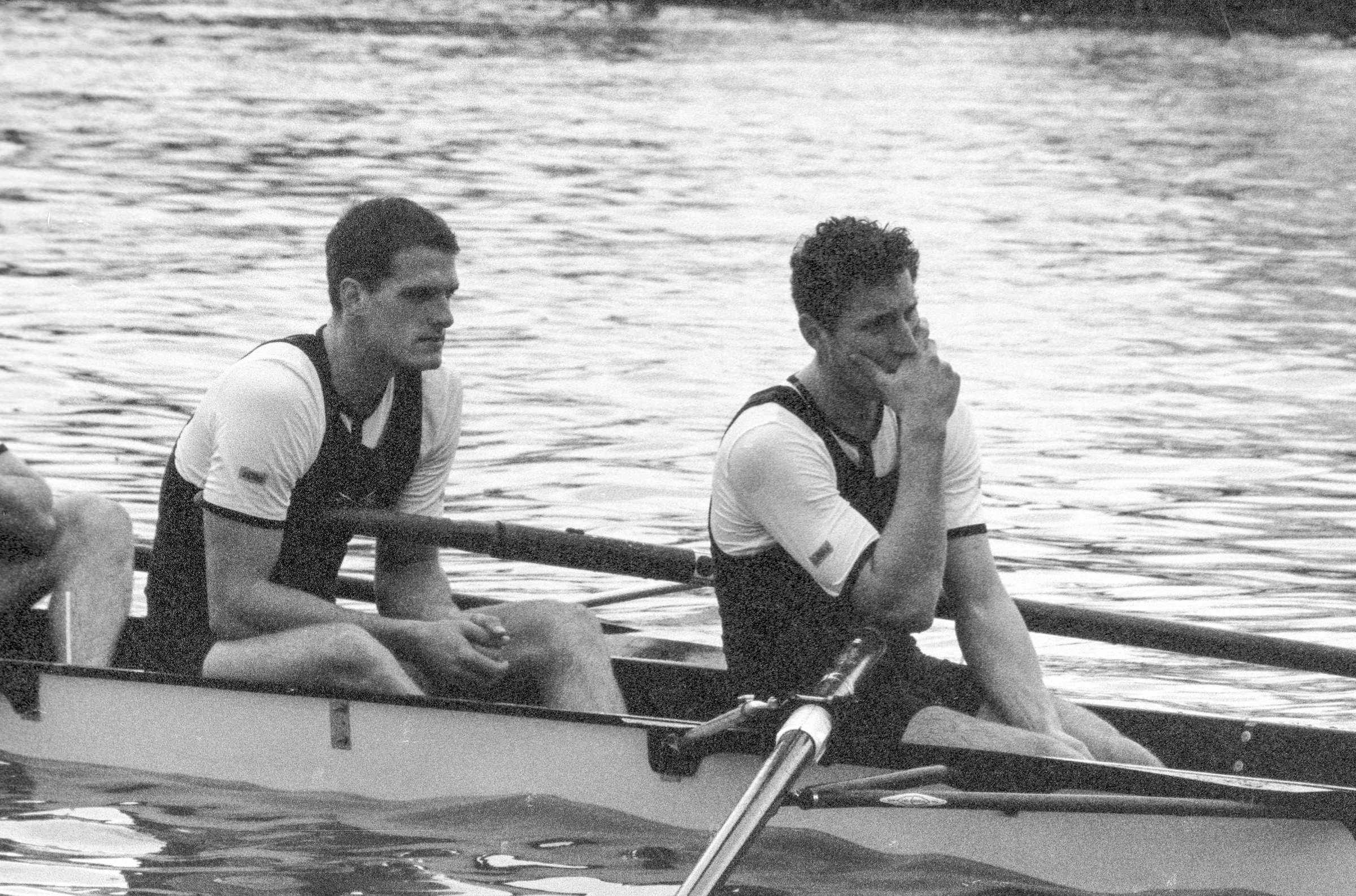BY ANDY ANDERSON
PHOTO BY PETER SPURRIER
To continue reading…
This article is exclusively for Rowing News subscribers. For as little as $5 a month, you can get access to the best quality, independent reporting on all the issues that matter to the North American rowing community.
Already a subscriber? Login
Dear Doctor Rowing,
March has been a miserable month to be rowing in Massachusetts, but I’ve been loving it despite all the cold and rain. I don’t know if I could have done it without my trusty pogies. I was given them for Christmas (Thanks, Mom!) and they are great! One question: why are they called this?
Sincerely,
Warm, dry hands
If you’re from Florida you may not know what pogies are, but surely all my readers in the civilized world know about these wonderful fleece-lined garments. They have an opening that allows an oar handle to ride inside, so that a rower can grip the handle with his or her bare fingers, affording a good grip without sacrificing protection from the elements. Being old school, it took me a while to recognize their value; when I first saw them, they seemed like one more example of the decadence of our society. Rowing makes us tough. We are not looking for sybaritic pleasures.
But I’ve changed my tune. I realized that pogies allow rowers to grip the oar much better; they allow us to stay on the water safely and get more quality work in. I don’t hear any complaints about cold fingers. Sure, it’s hard to coach a person who is wearing them. You can’t see what their hands are doing under those sheaths. But compared to what we used to do in the ‘70s—wear tube socks on our hands—pogies are much, much better.
In the early years, they weren’t mass-produced and rowers used to knit their own. The Geer sisters were renowned for their knitted pogies and my own wife, Mrs. Doctor Rowing, took needles in hand to make some.
And to what do we owe their name? Like any interesting word, there are a number of theories, a number of stories. I trawled the internet and discovered that most people attribute their invention to a kayaker named Billy Nutt. In 1974, he made the first ones so that he could keep a good grip on his paddle but keep his hands dry. Voila! For some reason, the legend goes that he wanted a name that sounded ridiculous, so he called them pogies, a variety of bait fish. The name really caught on when another kayaker started selling them under the name Bonnie’s Hot Pogies.
That’s right, our boating cousins, kayakers also use them. So do winter cyclists. Since fat tire bikes have started to plow through snowy fields, pogies on handlebars have been all the rage.
But way enough, kayakers. One commenter on a web page said, “Pogies/pokies is an old Scots’ word for mittens (the exact spelling would depend on your local dialect). When I was a bairn in the ‘60s, my mother would make us wear pogies to school.”
Scottish by way of kayak? Sounds right to me. And they say old dogs can’t learn new tricks.
Dear Doctor Rowing,
I’ve got a problem. I’m very uncomfortable in the seat that I’ve earned in our eight. It seems to me that I am rigged too low. It’s hard for me to finish the stroke and I end up digging deep when I try to lift the handle at the finish. You’ll probably tell me to talk to my coach about it, but I heard him really lay into one of the varsity guys the other day, saying “It’s the horses, not the chariot.”
Doesn’t the Chariot count too?
Now, I don’t want to say anything nasty about a fellow coach, but of course a boat has to be rigged correctly. You’ve got to find a way to bring this up with him. A big part of any coach’s job is to make sure that the equipment will bring out the best in the athletes. Think about a subtle way you can bring this up. Since your coach may not be inclined to ask you how the rigging feels, do not say, “Coach, this boat is all screwed up.” Instead, perhaps say, “I feel like I could pull harder if I were raised a little.”
Rigging can make a huge difference. But sometimes rowers don’t realize just how much. A struggling oarswoman at a national team camp once said that she was having a hard time keeping her blade buried and her back was hurting. I checked her rigger and she had 12 degrees of pitch. (The norm is four or five.) With a quick adjustment, she was able to row effectively, eventually becoming a world champion and an Olympian. I, of course, take all the credit. So, do say something, but don’t complain.

